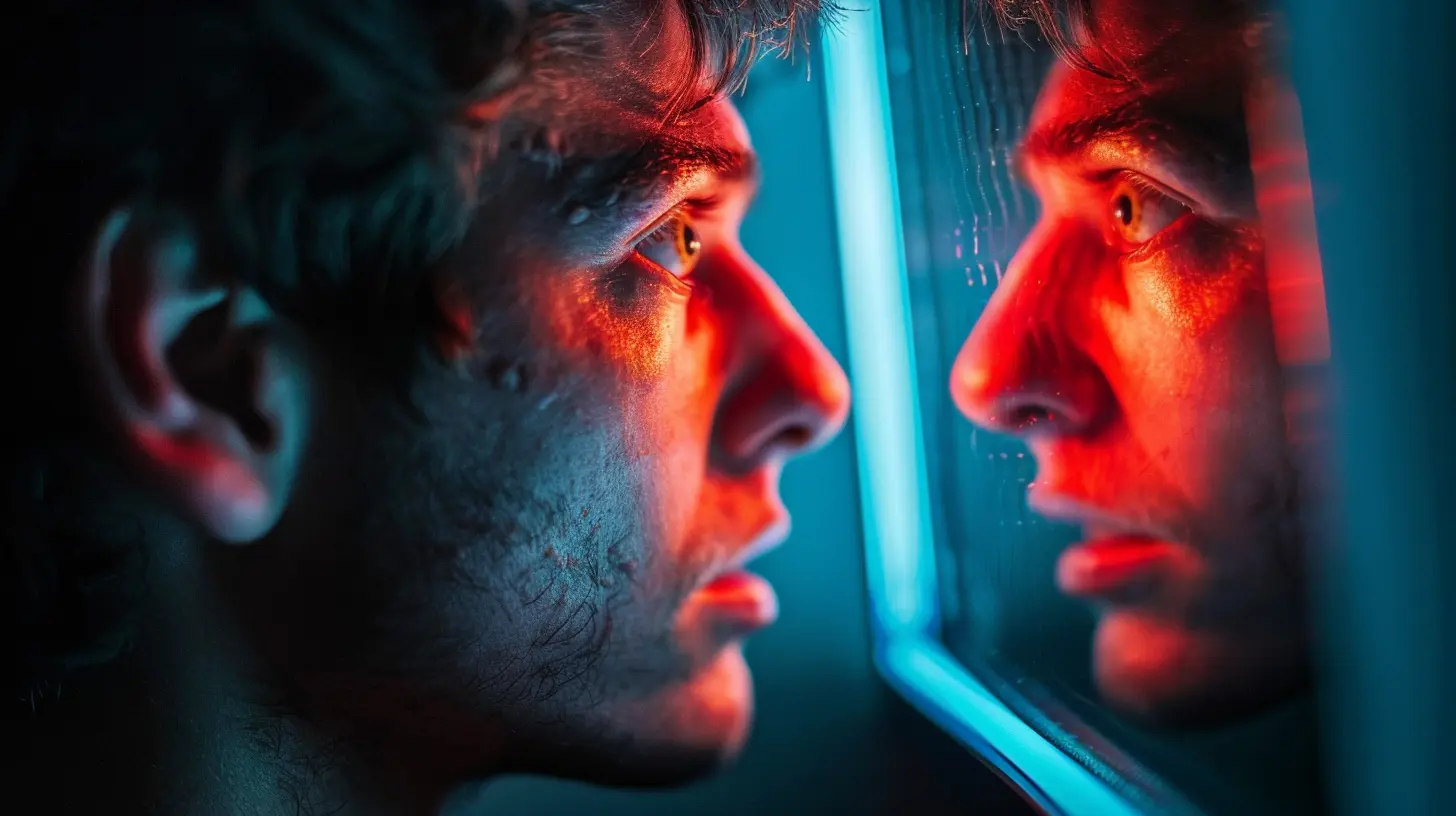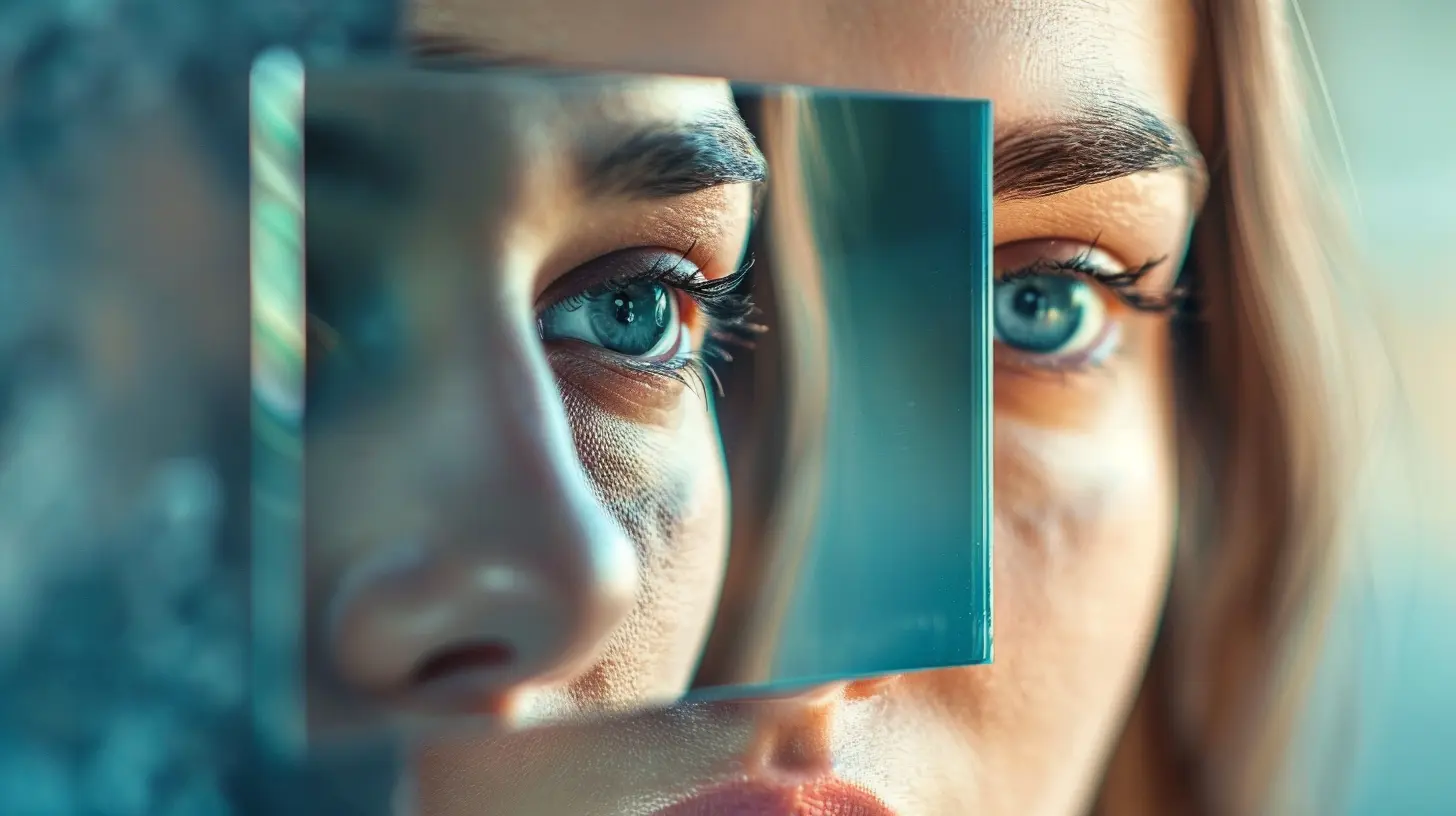The Impact of Social Media on Body Dysmorphic Disorder
20 September 2025
Let’s be honest—it’s almost impossible to scroll through Instagram, TikTok, or Snapchat without being bombarded by flawless selfies, perfect beach bodies, and “effortless” beauty. But what if I told you that this constant exposure could be doing more harm than you think? In particular, it's having a really big impact on people struggling with Body Dysmorphic Disorder (BDD). And here's the kicker: for some, social media is not just a trigger—it’s a full-blown amplifier.
In this article, we're going to dive deep into how social media feeds into body dysmorphia. We’ll break down what BDD actually is, how scrolling through perfectly curated feeds can warp your self-image, and what we can do about it. Buckle up—this one’s going to hit close to home.
What Exactly Is Body Dysmorphic Disorder?
First things first—let’s get clear on what we’re talking about.Body Dysmorphic Disorder (BDD) is a mental health condition where someone becomes obsessively focused on perceived flaws in their appearance. And these “flaws” are usually invisible or barely noticeable to others. But to the person with BDD? They can feel totally consuming.
People with BDD might:
- Obsessively check mirrors or completely avoid them.
- Spend hours grooming or applying makeup.
- Seek constant reassurance about how they look.
- Compare themselves to others incessantly (sound familiar?).
And when untreated, BDD can drastically affect one’s daily life—from relationships and work to mental well-being.
The Rise of Social Media: A Double-Edged Sword
Let’s not pretend social media is all bad. It’s helped raise awareness for mental health issues, body positivity, and even BDD itself. But it’s also created a culture of comparison, perfection, and filters. That’s where things get tricky.When every swipe shows “ideal” beauty standards—many of which are digitally altered—it’s no wonder people start questioning their own appearance.
Now, imagine already struggling with distorted self-image, like someone with BDD. Social media becomes less of a fun distraction and more of a mental minefield.
Filter Culture vs. Reality
You know the drill: you take a selfie, slap on a filter, maybe tweak the lighting, and boom—you look amazing. And there’s no shame in that! But the constant use of filters and editing apps doesn’t just change how we appear—it changes how we believe we should appear.For someone with BDD, these apps can reinforce dangerous beliefs:
- “I look better with a thinner nose, so my real nose isn’t okay.”
- “People only like my photo when I smooth out my skin—so I must be ugly without the filter.”
- “That influencer has perfect skin—why can’t mine look like that?”
It turns your phone into a funhouse mirror that distorts reality. Eventually, it becomes harder to tell what’s real and what’s not—and that’s a slippery slope.
It’s Not Just The Photos—It’s the Comments, Too
Let’s not underestimate the power of online validation. One fire emoji or heart-eyed comment can give us a dopamine hit that makes us feel... incredible. But the flip side? A lack of likes or a rude comment can crush someone, especially a person battling BDD.This creates a toxic feedback loop:
1. Post a photo.
2. Obsess over likes/comments.
3. Feel validated—or crushed.
4. Repeat, but more anxious next time.
People with BDD often use social media as a way to seek reassurance. But when that reassurance doesn’t come—or when criticism lands—it can spiral into deeper insecurity and obsessive behavior.
Comparison Culture Is Out of Control
Let’s face it—we all compare ourselves to others sometimes. But on social media, this comparison is constant and borderline unavoidable.Think about it—how many times have you seen someone’s “after” photo and immediately judged your own body? Or watched a fitness influencer’s morning routine and thought, “Why don’t I look like that?”
For individuals with BDD, every scroll is like holding a magnifying glass to their insecurities. They don’t just notice perceived flaws—they hyperfixate on them. And when you throw in perfectly posed photos, retouched skin, and influencer bodies, it creates a standard that’s not just unrealistic—it’s unattainable.
Influencers and Unrealistic Expectations
We’ve got to talk about influencers. Many of them share beauty tips or fitness routines with the best intentions, but even they can fall into the trap of portraying perfection. The problem? Their followers start trying to mimic that look without realizing the behind-the-scenes work—like lighting, camera angles, hours in the gym, or digital editing.So, when someone with BDD sees a picture of an influencer’s “flawless” life, they often think: “Why can’t I look like them?” That thought isn’t harmless. It can fuel the obsessive thoughts that define body dysmorphia, sometimes pushing people toward extreme behaviors like unnecessary cosmetic procedures or restrictive dieting.
The Rise of “Snapchat Dysmorphia”
Have you heard of this term? “Snapchat dysmorphia” was coined by doctors who noticed a spike in patients seeking cosmetic procedures to look like their filtered selfies. Think about how wild that is—people are trying to become their filtered selves in real life.For people living with BDD, this trend reinforces the idea that their real, unfiltered face isn’t good enough. It sends a harmful message: perfection is possible—but only through filters, surgery, or both. That’s a recipe for disaster when it comes to mental health.
Social Media as a Trigger—Not the Cause
Here’s something important to remember: social media doesn’t cause BDD. It’s a serious mental health disorder with complex roots—genetics, brain chemistry, past trauma, and more. But social media can act like gasoline on a fire.If someone already has a tendency toward obsessive thoughts about their appearance, constant exposure to idealized images can make those thoughts louder, more frequent, and harder to ignore.
So, while it’s not the villain of the story, it definitely plays a pretty big role in how BDD develops and intensifies.
The Psychological Toll of Always Being “On”
Another aspect we don’t talk about enough? The pressure to always look good online. Whether it’s posting selfies, attending video calls, or updating stories, we’re constantly curating our appearance. That’s exhausting.For someone with BDD, the effort to appear “presentable” 24/7 isn’t just tiring—it’s mentally draining and anxiety-inducing. Every post, every snap, every video becomes a source of stress.
And when you’re already spending hours a day obsessing over perceived flaws, the pressure to maintain a polished online persona becomes suffocating.
The Role of Algorithms and Echo Chambers
Social media algorithms are designed to keep you engaged. That means if you interact with beauty content, you’ll keep seeing more of it. Seems innocent, right? But for BDD sufferers, it’s dangerous.Say you’re feeling insecure about your skin. You start watching skincare videos—now, suddenly, your feed is full of flawless skin routines, facial treatments, and glowing influencers. It becomes a never-ending loop that reinforces your obsession.
It creates an echo chamber where your insecurities are constantly reflected back at you.
How Can We Break the Cycle?
Okay, so all of that sounds pretty heavy—but here’s the good news: we can change the narrative. It starts with awareness and ends with intentional action. Here are a few ways to push back against social media’s grip on body image.1. Curate Your Feed
Unfollow anyone who makes you feel “less than.” That influencer who always seems perfect? You don’t owe them your mental health. Follow accounts that promote real, raw, and unfiltered content. There’s power in digital boundaries.2. Limit Screen Time
The more time you spend scrolling, the more you feed the comparison monster. Try setting daily limits on social media apps. Even just an hour less a day can make a big difference to your mindset.3. Reach Out for Help
BDD is serious, and it’s treatable. Therapies like Cognitive Behavioral Therapy (CBT) can help you challenge distorted thinking and build healthier self-perceptions. Don’t struggle alone—talk to a therapist or mental health expert.4. Talk About It
Shame thrives in silence. Sharing your struggles—even with just one trusted person—can be incredibly healing. And who knows? They might be dealing with similar feelings.5. Use Social Media Mindfully
Instead of mindlessly scrolling, ask yourself: “How does this content make me feel?” If it leaves you anxious or down, it’s okay to walk away. Your mental health is more important than staying up-to-date online.Final Thoughts: Let’s Be Kinder to Ourselves
Social media is here to stay—it’s part of our world now. But that doesn’t mean we have to let it define us. Body Dysmorphic Disorder is a heavy burden, and when social media joins the party, it can feel overwhelming. But the more we understand the connection, the better equipped we are to protect our minds... and our self-worth.So, let’s be kinder—to ourselves and to others. Let’s embrace unfiltered moments, celebrate realness, and remember that what we see online is often just the highlight reel, not the full story.
You are so much more than a selfie.
all images in this post were generated using AI tools
Category:
Psychological DisordersAuthor:

Nina Reilly
Discussion
rate this article
1 comments
Oriana McKittrick
Social media distorts reality, fueling body insecurities.
September 30, 2025 at 4:41 AM

Nina Reilly
I completely agree. Social media often presents unrealistic standards that can exacerbate body insecurities and contribute to disorders like body dysmorphic disorder.


